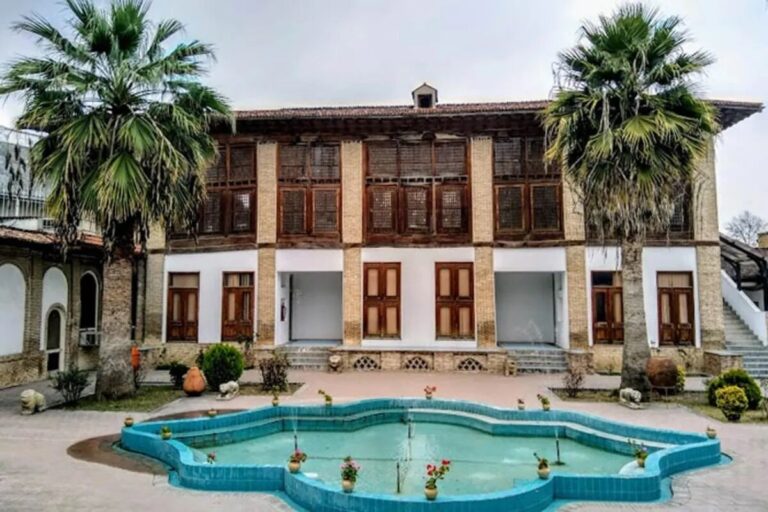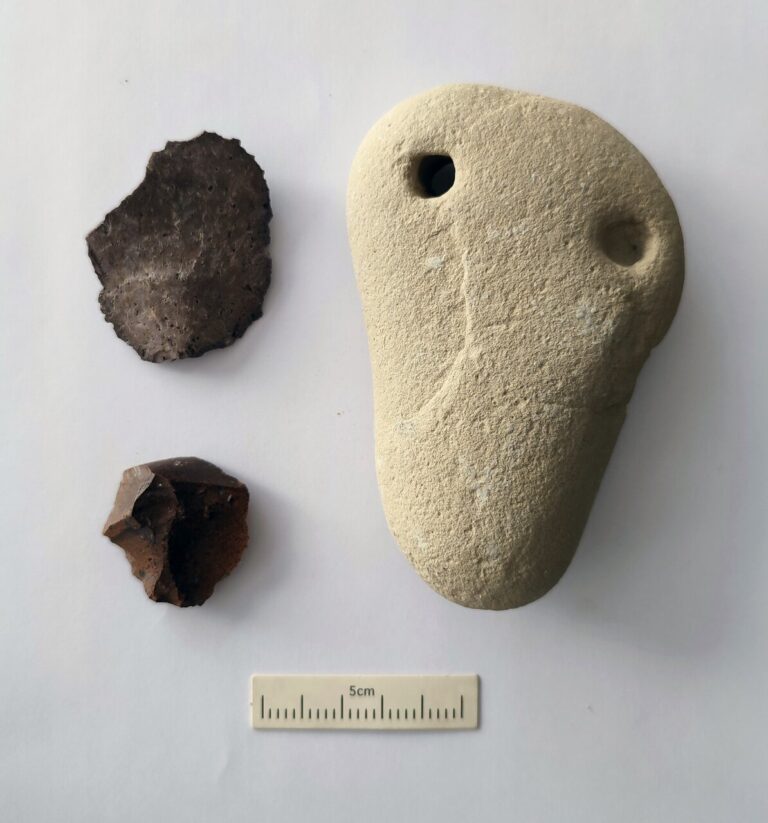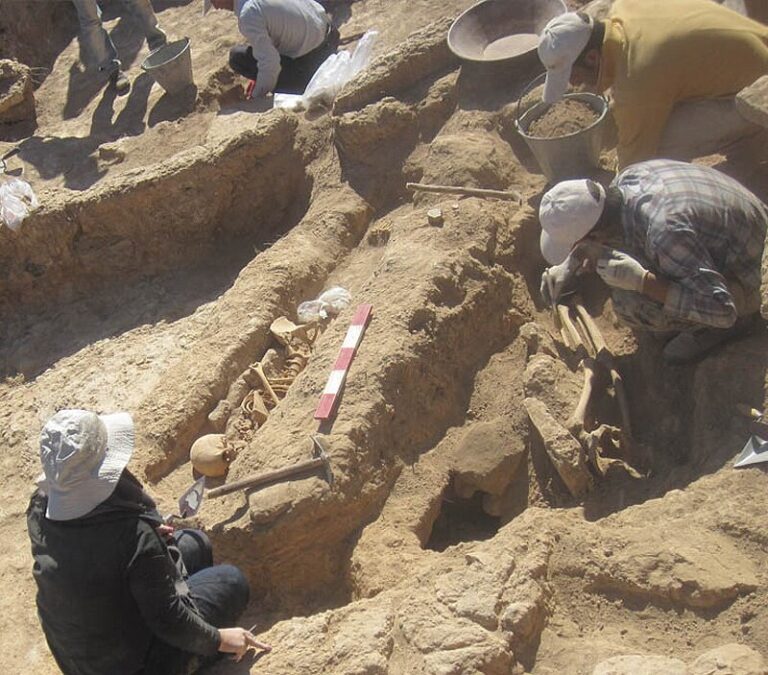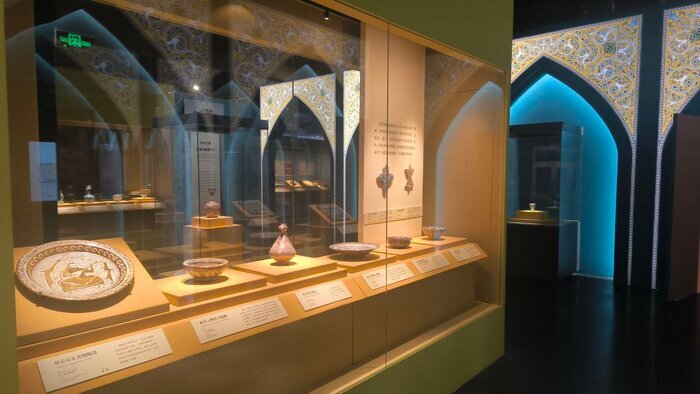
Similar Posts

Reviving History: Restoration Initiatives for Mazandaran’s Priceless Relics
In Mazandaran province, experts are dedicated to restoring historical artifacts in a specialized lab within a Sari museum. Recently, 130 restored items, including bronze daggers, bracelets, and ritual totems, were unveiled during Nowruz holidays. Abolfazl Nikoubayan, a cultural heritage expert, emphasized the importance of preserving artifacts from excavations and confiscations. Each item underwent thorough documentation, damage assessment, and restoration, which involved cleaning and analyzing corrosion. The unveiling offered visitors insight into the meticulous preservation efforts. Mazandaran, known for its natural beauty, continues to attract attention while showcasing its rich cultural heritage through these initiatives.

Ancient Maritime Mysteries: Archaeologists Discover Evidence of Early Seafaring in Southern Iran
Excavations at Iran’s Kopal archaeological site have revealed artifacts that may enhance understanding of early maritime practices. Among the findings is a modified flat pebble, potentially a fishing weight or small anchor, discovered alongside Paleolithic stone flakes. Head of the excavation team Mortaza Hessari noted the importance of these artifacts in exploring the timeline of coastal communities using marine resources, while also cautioning that further analysis is needed due to differing weathering patterns. The site, which also contains 4th-millennium BC pottery, indicates long-term coastal habitation. Ongoing research may reshape perspectives on ancient maritime cultures along the Makran coast.

Fars Province Revives Ancient Heritage: Restoration of the Sole Parthian Stone Relief
The restoration of the only surviving Parthian-era stone relief in Fars province underscores the importance of cultural heritage preservation. Announced by provincial tourism chief Mohammad Sabet-Eqlidi, the completed restoration process addressed severe damage from environmental exposure and human interference. The relief, depicting a Parthian soldier, has been safeguarded to maintain its historical integrity. Measuring 1.20 by 2.40 meters, it was inscribed on Iran’s National Heritage List in 1975. This restoration not only protects a significant artifact but also highlights the rich legacy of the Parthian Empire, which thrived from 247 BC to 224 CE, serving as a vital trade hub along the Silk Road.

Tehran: Leading the Charge in Revolutionary History-Based Archaeology
Ahmad Chaichi-Amirkhiz from the Archaeological Research Institute highlights the essential link between archaeology and tourism, emphasizing the need for specialized narratives in cultural tourism. He notes that Tehran is at the forefront of promoting history-based archaeology, despite recent losses of historical monuments due to urban development. Chaichi-Amirkhiz advocates for the integration of archaeological sites into tourism routes, enhancing visitor experiences and prolonging tourist stays. He also stresses the importance of specialized training for tour guides to effectively convey historical narratives. This collaboration between archaeology and tourism is vital for preserving cultural heritage and enriching the tourist experience in Iran.

Iranian Treasures Shine at ‘Land of Kindness’ Exhibit from Tehran to Guangzhou
The Guangdong Museum in Guangzhou is currently hosting the “Land of Kindness” exhibition, featuring 151 Iranian cultural relics that span five millennia of Persian art and craftsmanship. Organized by Iran’s Ministry of Cultural Heritage, the exhibition includes notable artifacts from Tehran’s esteemed museums and showcases intricate metalworks, ceramics, glassware, textiles, and carpets. Immersive design elements reflect Iranian art and architecture, enhancing visitors’ experiences. A unique collaboration with the Guangdong Museum highlights shared motifs with Chinese artifacts, emphasizing cultural ties. Running from March 30 to June 16, the exhibition has received enthusiastic acclaim and fosters greater understanding between Iran and China.

Shiraz Local Makes Generous Donation of Prehistoric Relics to Cultural Heritage Department
Samad Rohaninejad from Shiraz has donated a collection of 176 ancient artifacts to the Fars Cultural Heritage Department, enhancing the region’s cultural preservation efforts. The collection includes 160 pottery and bronze items from various historical periods, dating back to pre-historic Iran, and 16 non-historical objects. Rohaninejad’s donation reflects his passion for history and underscores the artistic identity of Fars. The director of the department, Mohammad Sabet-Eqlidi, emphasized the importance of fostering a culture of donating relics to protect heritage. This gesture not only enriches local museums but also encourages community involvement in preserving Iran’s cultural treasures for future generations.